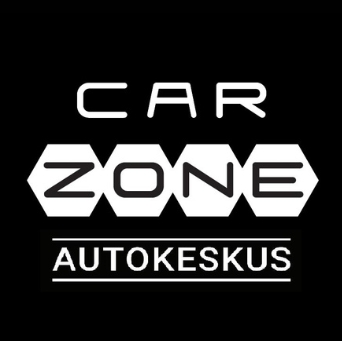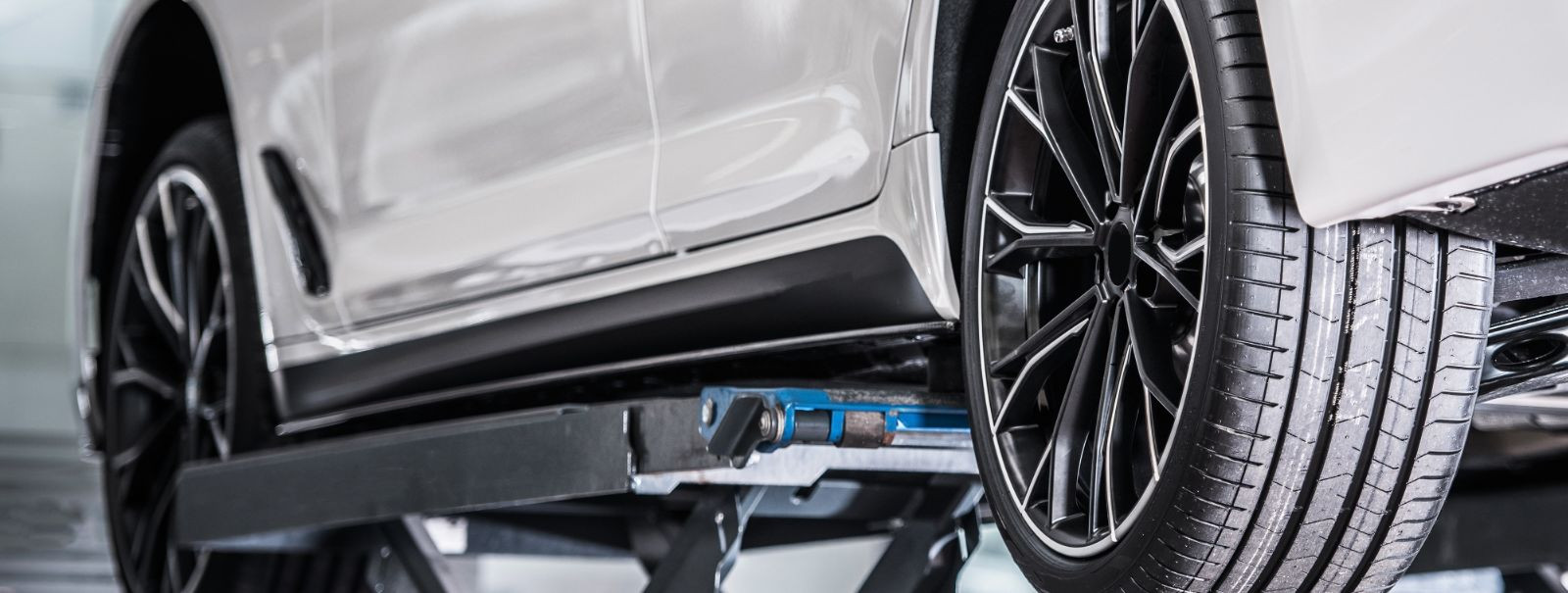Understanding your car's diagnostic codes
Diagnostic codes, also known as trouble codes, are alphanumeric codes generated by a vehicle's onboard diagnostics system (OBD). These codes are triggered when the vehicle's computer detects an anomaly or malfunction within the vehicle's systems.
When a vehicle's sensor or component fails to operate within the expected parameters, the OBD system records a diagnostic code. This code is stored in the vehicle's computer and can be retrieved using a diagnostic scanning tool, providing a starting point for troubleshooting.
Diagnostic codes are crucial for identifying issues quickly and accurately, ensuring that car owners can address problems before they lead to more significant damage or safety concerns.
Types of Diagnostic Codes
There are two main types of diagnostic systems: OBD-I and OBD-II. OBD-I was the initial system used in older vehicles, while OBD-II is the standardized system implemented in all cars manufactured after 1996.
OBD-II codes consist of a letter followed by four digits. The letter indicates the system related to the issue, and the numbers provide specific information about the malfunction.
Common Diagnostic Code Categories
Powertrain codes are related to the engine and transmission systems and are the most common type of diagnostic codes encountered by vehicle owners.
Chassis codes are associated with functions outside the engine and transmission, such as braking and steering systems.
Body codes relate to components such as power seats and windows, airbags, and other body-related functions.
Network communication codes indicate issues with the vehicle's communication systems, such as wiring problems or faults within the network.
Interpreting Diagnostic Codes
Each number in the diagnostic code has a specific meaning, which can be referenced in the vehicle's service manual or through online databases.
While many codes are standardized, manufacturers may also have proprietary codes that provide more detailed information specific to their vehicles.
Tools for Reading Diagnostic Codes
OBD-II scanners are the most common tools used to read diagnostic codes. They range from basic models that provide code readings to advanced scanners that offer detailed data and troubleshooting tips.
Professional diagnostic equipment offers more comprehensive diagnostics and is typically used by service centers and automotive technicians.
What to Do When You Get a Diagnostic Code
For those with mechanical knowledge, some diagnostic codes can be addressed through DIY troubleshooting. However, it's essential to understand the risks and limitations of this approach.
For complex issues or when in doubt, it's best to consult with a professional mechanic who can accurately diagnose and resolve the problem.
Regular maintenance and addressing diagnostic codes promptly can prevent minor issues from escalating into major repairs, ensuring the longevity and performance of your vehicle.






Kommentaarid (0)